Question: What is the distinction between major and minor curating?
The two major organizations that I visited last year are ‘The British Museum’ and ‘Ingleby Gallery’, they are both public-funded economically, a world-class integration of antiques in The British Museum from different countries, a diversity of objects collaboration approach to historical, artistic, and cultural, economic and political aspects. It is an alternative exhibition without a common topic or theme but to remind our audiences to catch up with a broader image of history and culture quickly. For example, the representation of noh and the kimono symbol of Japan, Ceramics, and jade of China.
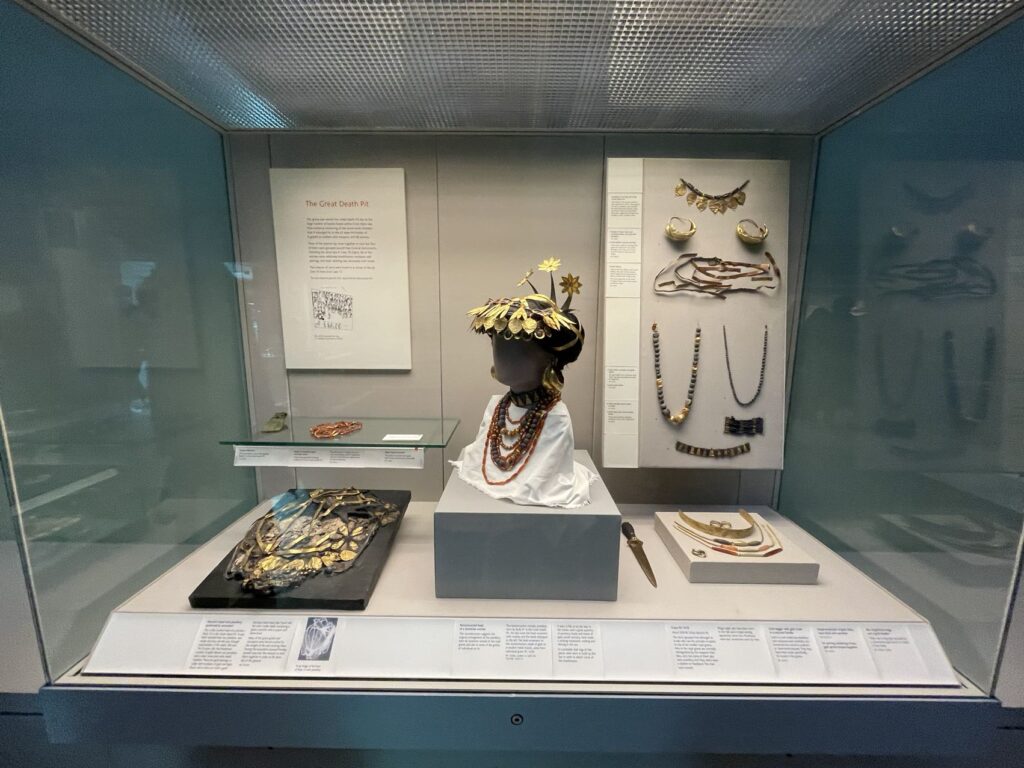
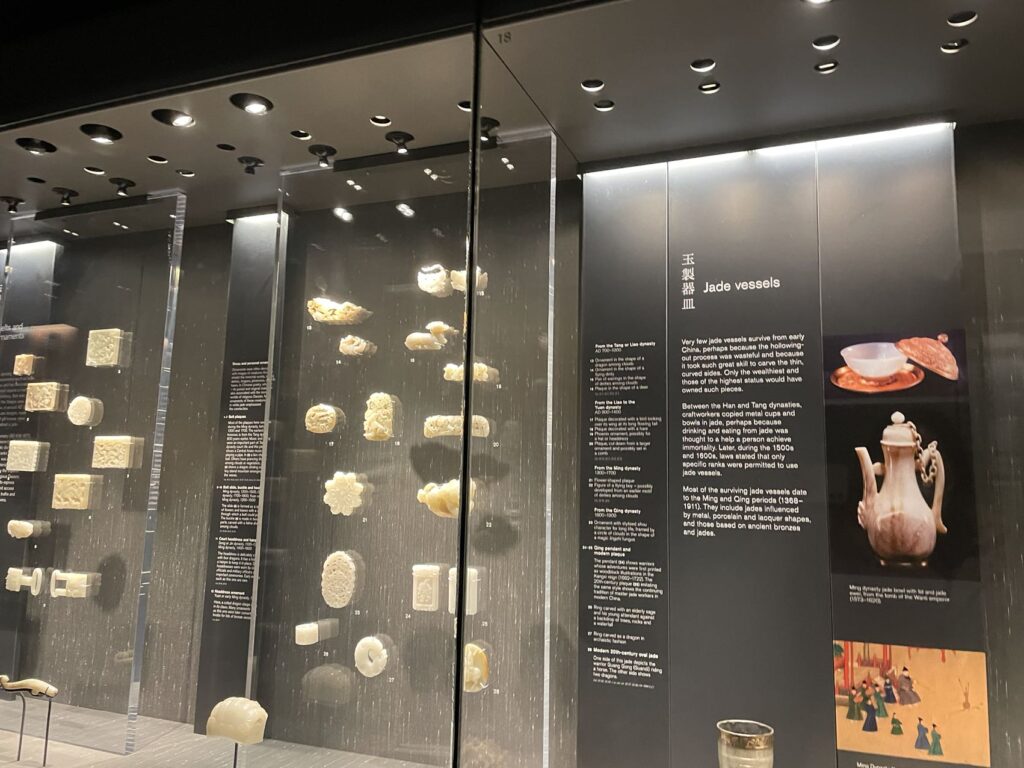
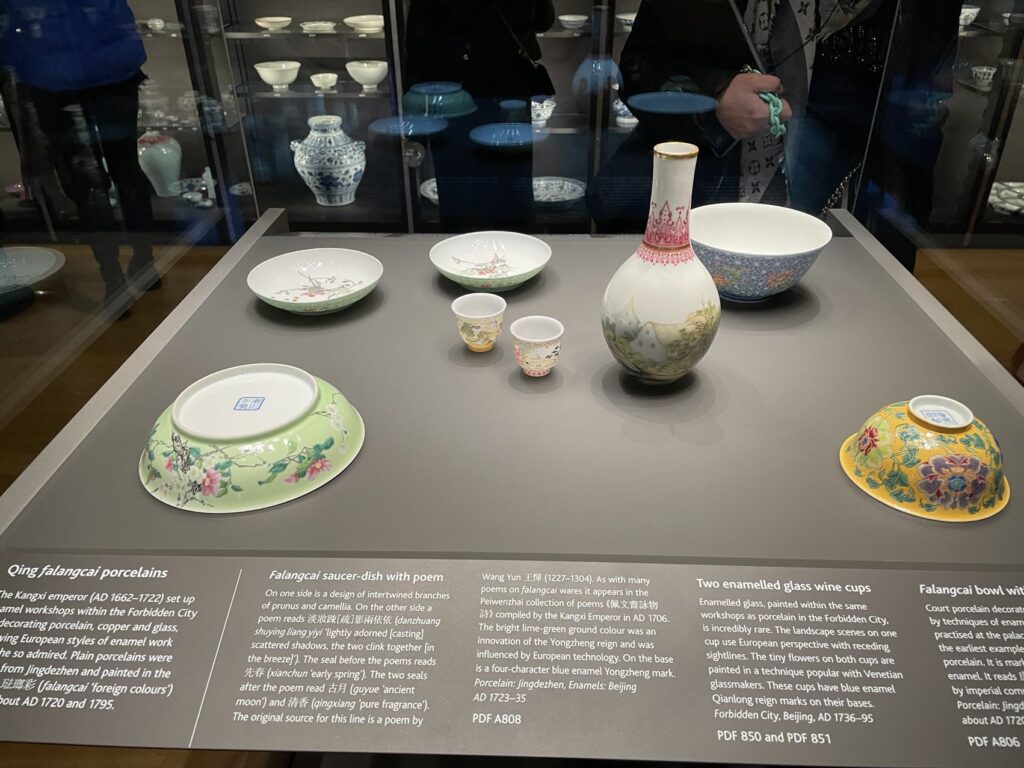
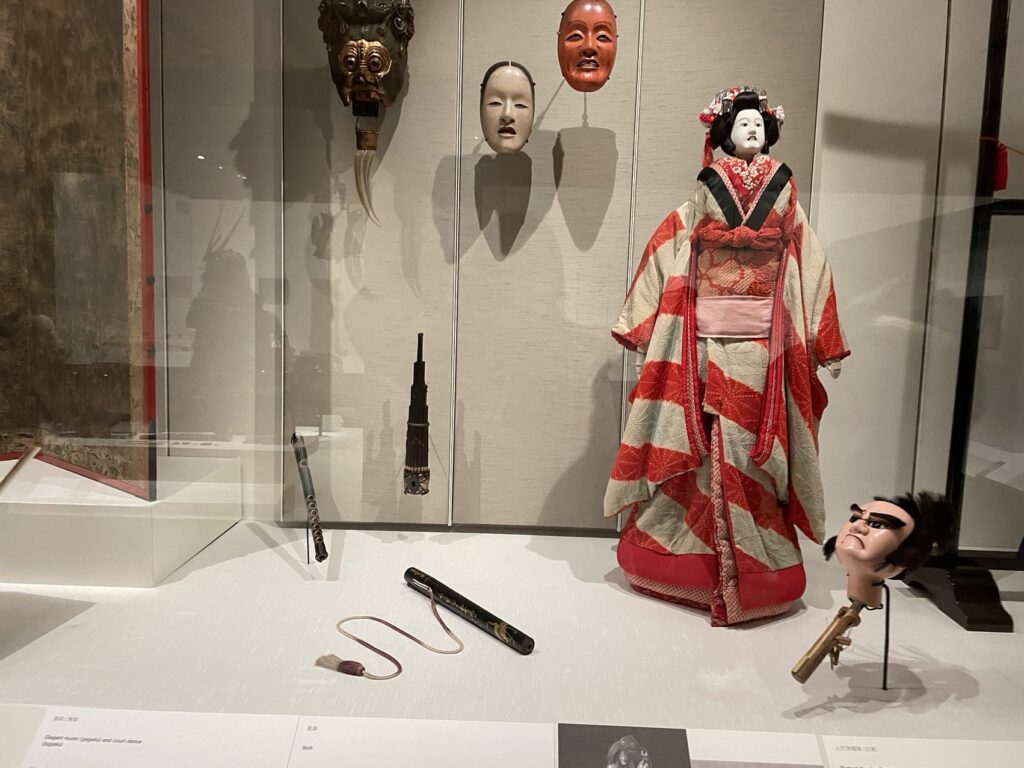
To clarify minor curating which is radical, experimental, and local, the concept of minor literature was demonstrated by Kafka. The core of the concept lies in the special use of language, that minor literature “can deterritorialize the major language of the time”, which consider a new form of programming in the contemporary field. (Bonham Carter &Mann, 2017) Kafka summarizes the characteristics of minor literature: vitality, conflict, schools, magazines, fewer constraints, inability to rule, minor themes, ease of establishment of symbols, rejection of the gifted, political relevance, literary history, and faith in literature. Furthermore, it proposes the benefits of humor as an alternative critical system with which to understand change, difference, and perception in artworks and a model for ‘sensing’ potential with curatorial practice.
References:
Bonham Carter C. & Mann N. (2017). Rhetoric social value and the arts : but how does it work? Palgrave Macmillan. https://doi.org/10.1007/978-3-319-45297-5
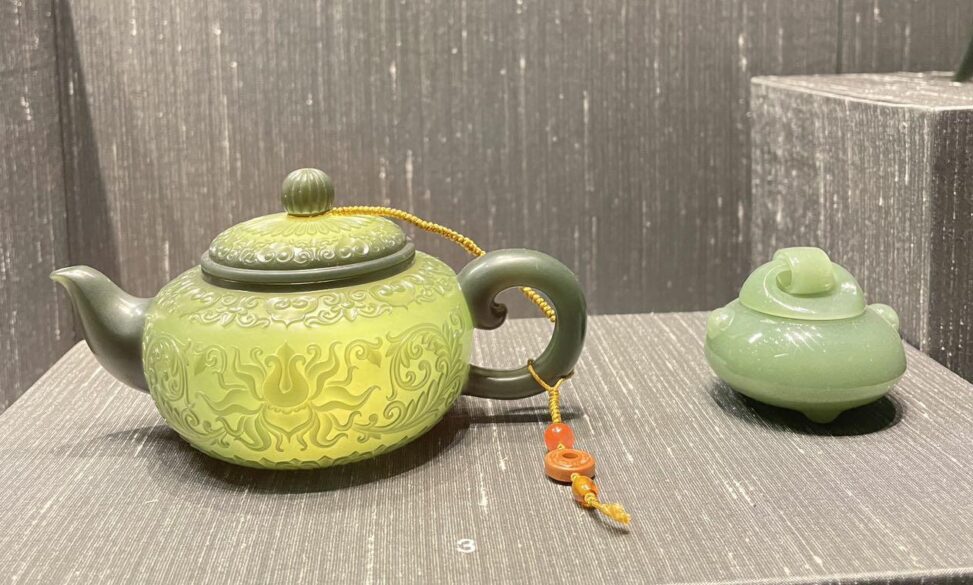


Leave a Reply